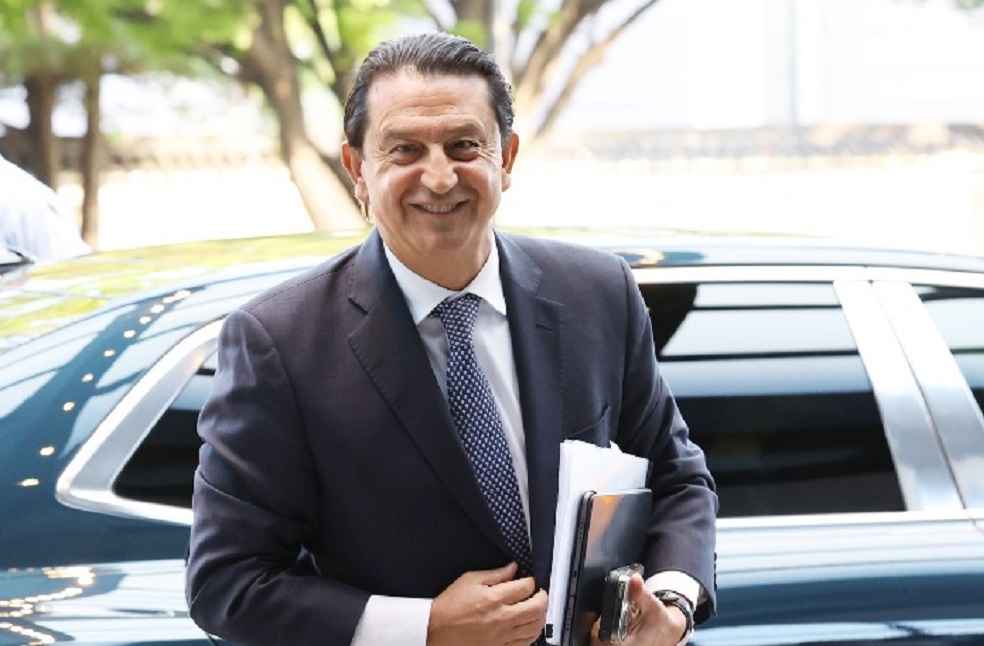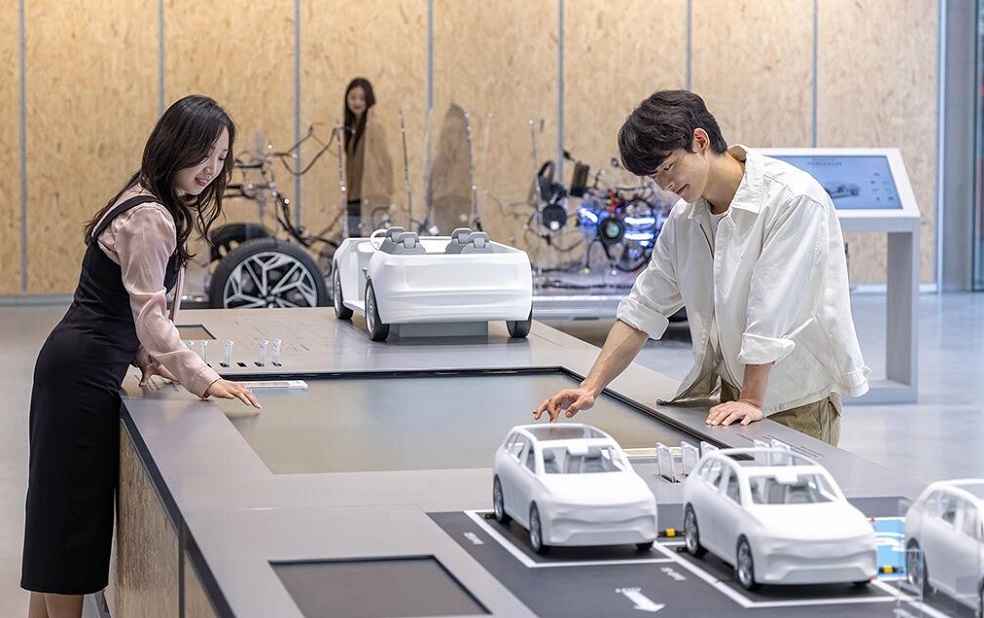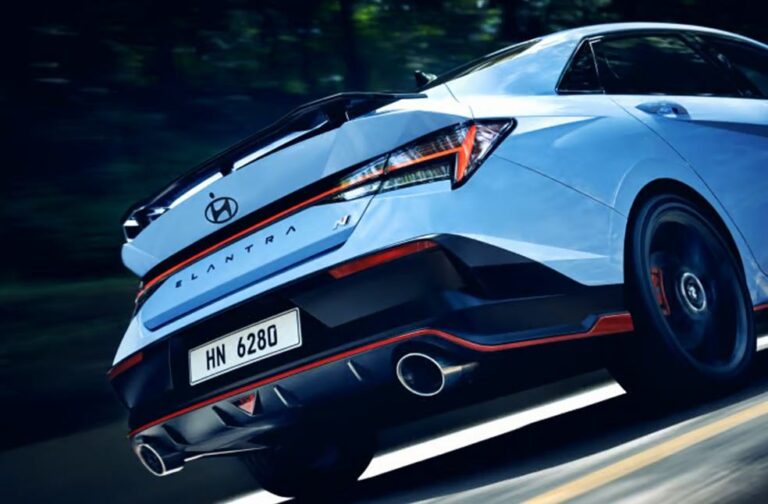South Korea’s Hyundai has outlined an ambitious mid- to long-term strategy to expand its hybrid electric vehicle (HEV) lineup and launch region-specific electric vehicles (EVs), with Europe and India as key markets.
The automaker targets a 30% increase in annual sales, from 4.14 million units in 2024 to 5.55 million by 2030, alongside an operating margin of up to 9%. The plan also responds to growing industry challenges, including a 25% U.S. tariff on imported EVs and slowing global demand.
Speaking at the 2025 CEO Investor Day in New York, Hyundai Motor President and CEO Jose Munoz presented the company’s roadmap to global investors, analysts, and rating agencies.
Hyundai aims to more than double its HEV lineup from eight to 18 models by 2030, covering entry-level to luxury vehicles. Its Genesis brand will launch its first luxury HEV next year, followed by a more affordable hybrid model.

To address stagnating EV demand, Hyundai will roll out region-specific vehicles. In Europe, the Ioniq 3 will debut next year, following its preview at IAA Mobility 2025 in Munich as the ‘Concept Three’ small EV. In China, Hyundai will add a compact electric sedan in 2026 after this year’s launch of the Elexio compact SUV. In India, the company plans to introduce a mini electric SUV in 2027 with support from a localized supply chain.
Hyundai also announced plans for an extended-range EV (EREV) in 2027, equipped with an internal combustion engine to recharge the battery, alleviating range concerns. The company will continue investing in software-defined vehicles (SDVs) and hydrogen-powered fuel cell EVs to diversify its mobility portfolio.
By 2030, Hyundai expects eco-friendly models to make up 60% of its global sales, or 3.3 million units. To support this growth, it will expand manufacturing capacity worldwide. The Hyundai Motor Group Metaplant America in Georgia will raise output from 300,000 to 500,000 units by 2028, while the Pune plant in India will add 250,000 units annually when completed later this year. At home, the Ulsan Innovation Plant will open next year with the capacity to flexibly produce 12 different models.

Hyundai also plans to strengthen its U.S. portfolio with the addition of a mid-size pickup truck by 2030, building on the success of the Santa Cruz compact pickup launched in 2021.
The automaker will invest 77.3 trillion won ($55.7 billion) between 2025 and 2030—30.9 trillion won for R&D, 38.3 trillion won for facilities, and 8.1 trillion won for strategic ventures. This represents a 7 trillion won increase from its previous plan. Profitability targets have been raised, with Hyundai aiming for a consolidated operating margin of 6–7% this year, 7–8% by 2027, and 8–9% by 2030.
“Hyundai has risen to the ranks of the world’s top three automakers by global sales volume, localized operations, diversified portfolios, and group synergies,” Munoz said. “We face another period of uncertainty, but just as we have overcome challenges in the past, we will once again lead change and emerge as a future mobility company.”
TOP CARS | Hyundai Expands Global EV and Hybrid Lineup





